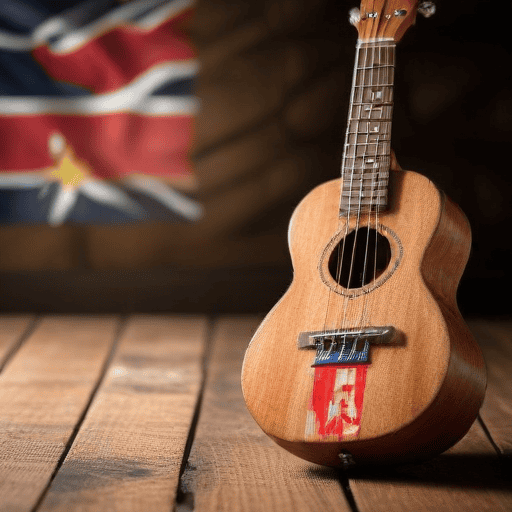A recent visit to Vunaniu Village in Serua led to an unexpected journey into the local lore surrounding a beloved song, “O Salote a Marama ni Vunaniu.” The assignment included donating water tanks to the village, but the writer’s curiosity sparked upon remembering the melody of the song, prompting a quest to uncover the true story behind it.
The song’s central figure, Salote, who was thought to be a fictional character, turned out to be a real person in the village. Conversations with villagers revealed that Salote was a strikingly beautiful woman who captured the heart of a police officer during a social gathering. Villagers recounted how her beauty shone notably, particularly with her distinctive hairstyle, and how she engaged the visitors, leaving lasting impressions. One elder described how the policeman became so enamored with her that he lost track of time and forgot his umbrella after a night of drinking yaqona.
The enduring legacy of Salote is clear, as her story has been retold through various renditions, each adding another layer to her charm and the song itself. It has remained popular through the years, especially among those who grew up listening to the Police Jazz Band in the 1990s, and is still frequently sung during village gatherings.
This experience highlights the significance of storytelling in preserving culture and community identity. The tale of Salote serves as a reminder of the connections formed through shared experiences and the power of music to evoke memories and emotions. It underlines a beautiful aspect of Fijian culture, where songs not only entertain but also serve as vessels for heritage and history.
In essence, the journey to uncover Salote’s story illustrates how folklore can bring communities together, reminding us of the bonds that make places like Vunaniu unique and cherished. What stories resonate with you from your childhood?

Leave a comment